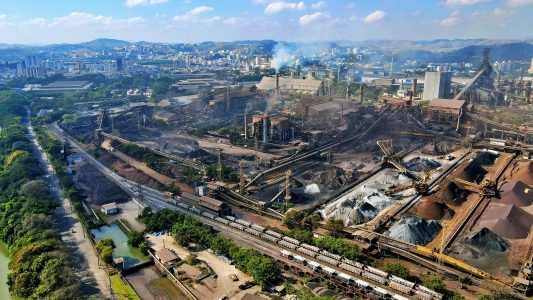The investment landscape in the next decade is expected to undergo significant changes compared to the past 20 years, according to wealth managers and investment advisors. Swiss private bank Syz’s CIO, Charles-Henry Monchau, warns against basing long-term decisions solely on past performance as factors like shifting demographics, global geopolitical changes, and technological advancements will play a critical role in upcoming asset allocation decisions.
These changes demand that investors diversify their portfolios and employ a range of strategies to adapt effectively to the dynamic financial ecosystem.
Table of Contents
ToggleInflation: An Elevated Concern for Investors
Monchau anticipates that factors such as commodity supply scarcities, businesses relocating production, and labor shortages due to demographic shifts, will contribute to inflation staying elevated for an extended period. This could result in heightened volatility and reduced returns on certain assets. To combat these risks, financial professionals recommend allocating a significant portion of an investor’s portfolio towards global equities.
This approach allows individuals to benefit from the diversification provided by exposure to the various major markets while hedging against inflationary risks.
Diversifying Portfolios: Alternative Assets as a Solution
Incorporating alternative assets, such as real estate and commodities, can also help protect investors against inflation and generate more stable returns over time.
Monchau advises adopting a flexible approach to asset allocation, suggesting investments in real estate investment trusts (REITs) and commodities as potential inflation hedges. Allocating a part of the portfolio to illiquid alternative investments, such as private equity or infrastructure projects, could provide improved returns, but only if investors are willing to endure reduced liquidity and longer lock-up periods.
Geographical Diversification and Active Portfolio Management
In addition to diversification across asset classes, Monchau emphasizes the importance of diversification across various geographies in mitigating inflation-related risks. Moreover, he stresses the need for investors to actively monitor, assess, and adjust their investments in response to changing market dynamics and inflationary trends.
This practice ensures optimal returns are reaped and risks are well managed.
European Long-Term Investment Funds and Private Markets
Monchau also highlights the role of European Long-Term Investment Funds (ELTIFs) as a means of gaining access to previously inaccessible private markets. These funds typically invest in less liquid assets such as unlisted companies and infrastructure projects, offering potential for stable and higher long-term returns.
However, investors must consider the longer lock-up periods and potential difficulties in trading these assets, as these factors could impact their overall portfolio flexibility.
Adapting to the New Investment Landscape
In conclusion, the new investment landscape of the upcoming decade will differ significantly from the past 20 years, making it vital for investors to diversify their portfolios and adopt versatile strategies.
By incorporating global equities, alternative assets, and geographical diversification, investors can better navigate the dynamic environment and potentially weather inflationary risks. Active portfolio management and consideration of illiquid investments, such as ELTIFs, may also contribute to improved returns in the long run.
However, investors are reminded to always account for the risks associated with reduced liquidity and lengthier lock-up periods when dealing with such assets.
FAQs: A New Investment Landscape
What are the key factors reshaping the investment landscape in the upcoming decade?
Shifting demographics, global geopolitical changes, and technological advancements are some of the key factors expected to reshape the investment landscape over the next decade.
Why is inflation an elevated concern for investors?
Inflation is an elevated concern due to factors like commodity supply scarcities, businesses relocating production, and labor shortages resulting from demographic shifts. These factors might lead to heightened volatility and reduced returns on certain assets.
How can investors diversify their portfolios to combat inflation?
Investors can diversify their portfolios by allocating a significant portion towards global equities and incorporating alternative assets like real estate and commodities. Geographical diversification and active portfolio management are also necessary to mitigate inflation-related risks.
What are the benefits of investing in alternative assets?
Investing in alternative assets can help protect against inflation and generate more stable returns over time. Assets such as real estate investment trusts (REITs) and commodities can also act as potential inflation hedges.
What are European Long-Term Investment Funds (ELTIFs) and how do they benefit investors?
ELTIFs are funds that invest in less liquid assets such as unlisted companies and infrastructure projects. They offer the potential for stable and higher long-term returns by providing access to previously inaccessible private markets. However, investors should consider longer lock-up periods and potential difficulties in trading these assets.
Why is active portfolio management important in the new investment landscape?
Active portfolio management is crucial for ensuring optimal returns are achieved and risks are well managed. Investors need to monitor, assess, and adjust their investments in response to changing market dynamics and inflationary trends to adapt effectively to the dynamic financial ecosystem.
Featured Image Credit: Photo by Jopwell; Pexels; Thank you!















